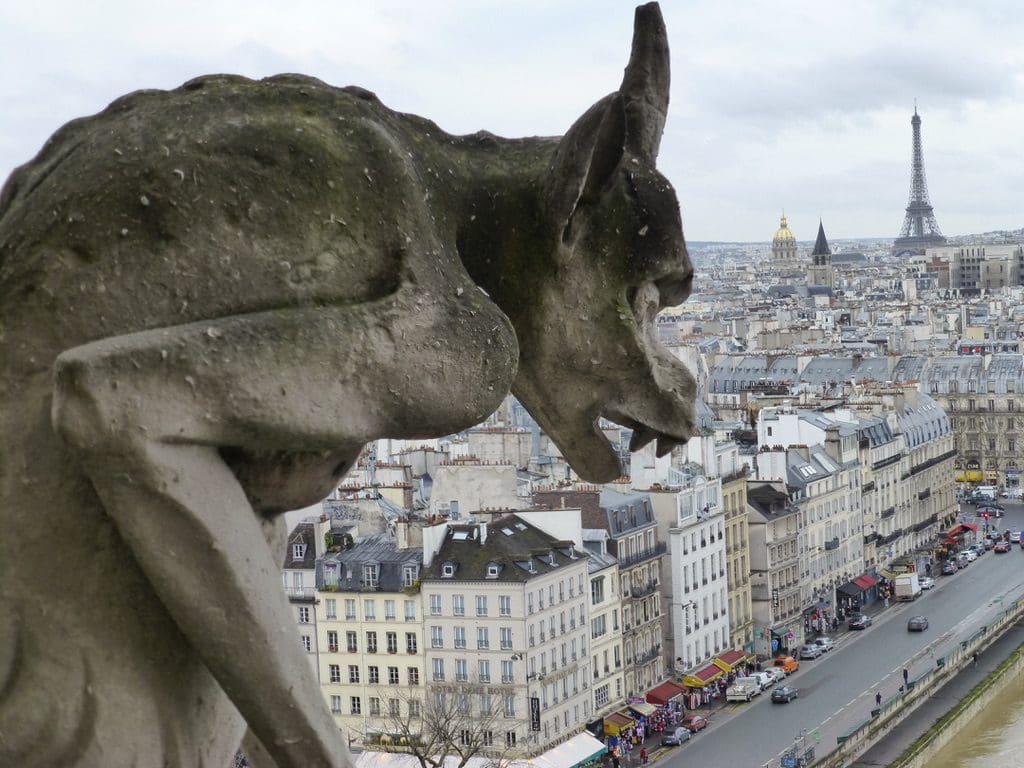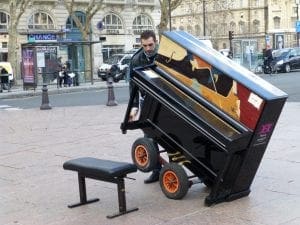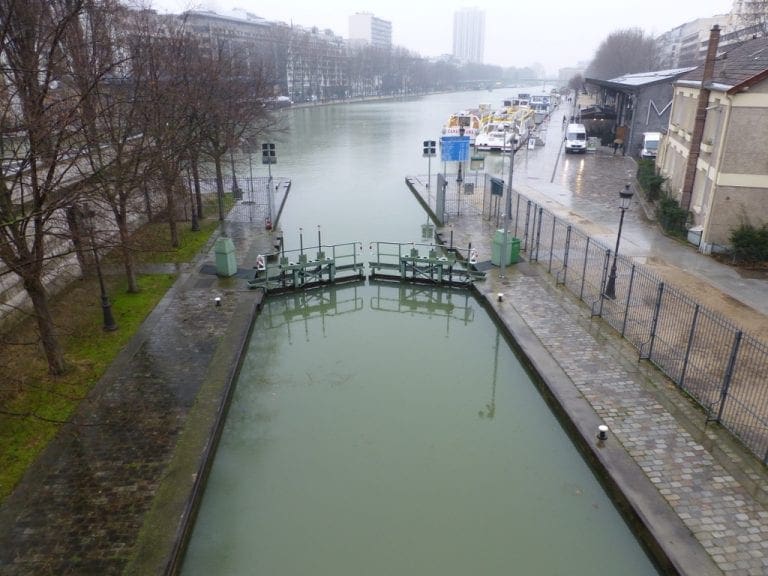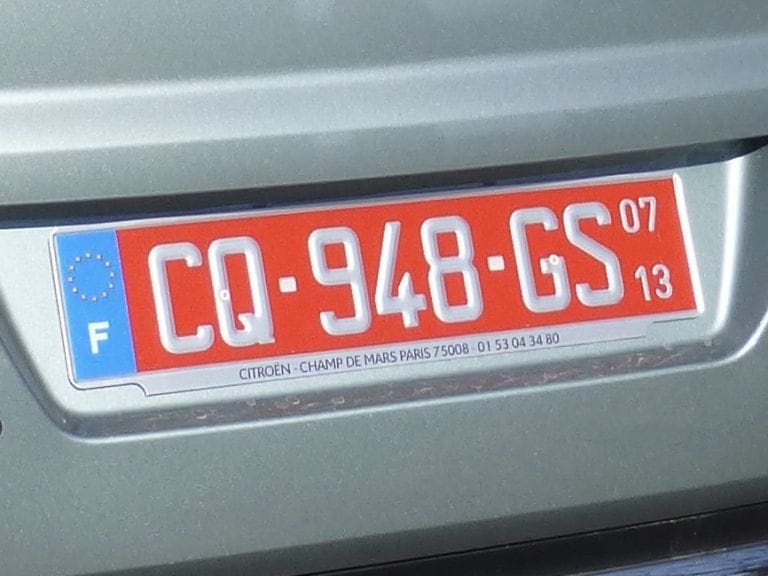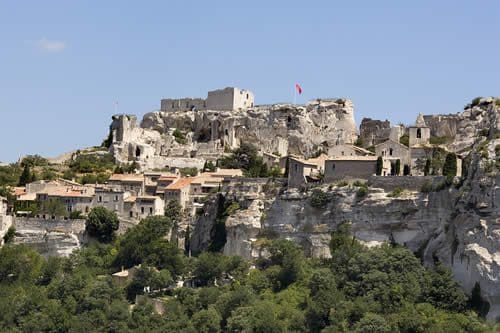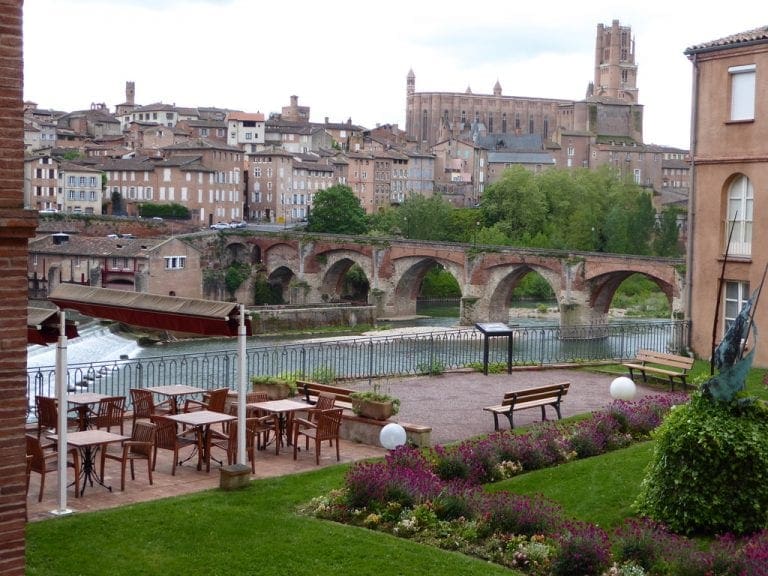France 2013 – week 1
This trip to France could be called “Twelve Cottages in France”. We are in France for 12 weeks and are staying each week in a ‘cottage’ in a different ‘village’. Most villages have fewer than 1,000 people. (You will see a few exceptions to that rule.) We spent most of July and August planning where we wanted to go and booking the 12 cottages. All (except one) were booked using www.homeaway.com which allows property owners worldwide to advertise rental properties. We had a very tight budget and tried to pay less than €400 for each week. Occasionally, we paid a little more to stay in a place that looked very attractive. Twelve Cottages in France
The eight weeks leading up to this have been quite hard work. Through November and December, we cleared up most of our ‘yard-jobs’, and January switched to the inside. Eduard and Vera are again looking after the cats and house. Zazu, the older cat, is getting more and more grumpy. Helen’s mum is going very well for a 99 year old. It does look as though she will reach her 100th birthday in early May. It is to be able to be back for that birthday that we have approached these 12 weeks. The main reason for the journey comes in week 12 when I will sing with my choir (Sydney Male Choir) at the Dawn Service for ANZAC day.
1 & 2 Feb 2013. Friday/Saturday. Day 1. We were picked up by the Hills Airport bus and delivered at the airport. We flew Cathay Pacific via Hong Kong. The first leg, 9 hours to Hong Kong was in a new Airbus A340. Very comfortable, good modern entertainment system, excellent service. The second leg, 13 hours to Paris flew over Moscow and was in an older A300. The excellent service was still there but the seats were well worn by a few thousand bums and the entertainment system was ordinary. Paris airport was its usual laid back and not telling passengers that the RER rail connection to Paris was not working that day. Bus shuttles with anxious passengers. We arrived at our first ‘cottage’ after 32 hours of travel. I had managed 5-6 hours of good sleep. Helen got a lot more.
‘Cottage’ one is of course one of the two exceptions. Though it almost qualifies as it is the second smallest. It is a tiny garrett on the 5th floor of a Paris apartment block in the 5th arrondissement. Up 77 steps in an odd combination 20, 17, 21, 19. It is about 200 metres from the Pantheon and a street full of restaurants and small, friendly shops.
The weather was quite deceptive and variable. When we got out of the airport, it was fairly pleasant and I was warm with just my vest and short sleeve shirt on. Later, a cold wind started up and it snowed. I was very glad of the new ‘choir coat’. I spent most of the day trying to get the phones to work with their new sim cards. At first, I was far too jet lagged to even follow the simple instructions I had written down – and I could get nothing to work. Then, I did follow the instructions and got some action and was issued with phone numbers for each phone. However, calls fail to each other’s phones. To bed at 6:30 pm and managed a good 12 hours sleep.
3 Feb 2013 Sunday. Day 2. Our alarm went at 6:30am. It seems that Parisians don’t wake so early on Sundays. We ventured out to round up a baguette and croissants for breakfast. The first Sunday in the month, several Paris museums are free. As we as still very jet lagged, we decided to do two of them that we like and have been to before – Museums d’Orsay and Rodin. It was only 2km to Orsay, so we walked. Even at 10am when we arrived, the streets were empty. Parisians don’t walk. Why would they with a wonderful Metro system? We’ve seen both these museums before and they are well worth a second visit. Orsay has a magnificent collection of Impressionists on its 5th floor – probably the best in the world. (Go to the 5th floor first. I find that I am ‘museum-ed out’ after an hour.) The walls of the 5th floor have the best collection I have ever seen. Wonderful Renoir, Monet, Manet, Sisley, Degas, van Gogh. http://www.musee-orsay.fr/en/events/exhibitions/in-the-musee-dorsay/exhibitions-in-the-musee-dorsay/article/limpressionnisme-et-la-mode-30634.html Parisians were out in force visiting this museum.
We then walked to the Rodin museum and strolled through the garden. I really like those bronzes. Because they are outside, you can take pictures. The museum itself in the central house (where Rodin lived) holds some 6,500 statues and 6,500 drawings. http://www.musee-rodin.fr/ We took the metro and RER back to our apartment. Found something for lunch and slept all afternoon. All the problems with the phones from yesterday had miraculously disappeared and everything suddenly worked. We are using sim cards that I bought over the internet from www.lefrenchmobile.com Looks very good so far.
4 Feb 2013 Monday. Day 3. Many more people around today. The city and its metro bustling with people. Baguettes and croissants for breakfast and, because it was overcast and sprinkles of rain forecast and we are still jet lagged, we decided to go to the cemetery for a tour. Pere Lachaise cemetery is 100 acres in the east of the city that holds 70,000 graves – many well known residents. http://www.pere-lachaise.com/ The tour we did was from Rick Steves’ Paris book – which I recommend highly. He has an easy to follow and informative style. We took a combination of RER and metro to get there that required getting on 3 trains and a fair bit of walking underground between platforms. The trains looked to arrive about every 2 minutes and the next train had often arrived before we had walked off the platform. A lot of people use this metro. On Rick Steves advice we got of at Gambetta metro station and we followed his mainly downhill path that took us to the graves of Oscar Wilde, Gertrude Stein, the wall against which the remainder of the 1870 Commune was shot, Edith Piaf, Molliere, Jim Morrison, Frederic Chopin, Heloise and Abelard, Colette, Rossini, Baron Haussmann. Steves has a brief description of the life of each and why they are here. Quite a few other people making a similar tour. We returned from Pere Lachaise metro station by the same combination of metro and RER back to our apartment. Out and back took 3 hours. Bought a crepe for a snack. Helen cooked a roast in the microwave. A very good way to spend a jet lagged day.

5 Feb 2013 Tuesday. Day 4. A very full and enjoyable day. It began with a little rain while we were getting breakfast baguettes and croissants. That soon cleared and we had a long discussion about if we should buy a 6 day Paris Museum Pass. We certainly intend to visit enough museums for it to save us money. But, we intend to do that over 10 days not 6. Today, we decided to visit Notre Dame Cathedral. Last time we were here, the queue to get in went round the block, so we did not even go inside.
Today, we had a good look inside. The size inside stunned Helen. That and the huge arching ceiling. Who thought to build such a thing 800 years ago? We then went up to the top. Well worth the 220 plus steps. What a great scenic view of Paris! We then continued on the next few stops of Rick Steves’ excellent Paris book’s ‘Historic Paris tour’. First, to the Deportation Memorial (to the 200,000 French victims of the Nazi concentration camps. 3% returned.) Beautiful and moving.
Then across one of the several ‘lovers locks’ bridge – with its sides covered in padlocks. Then, a short walk along the flooded Seine, a quick look in at Shakespeare and Company Bookstore, passed St Severin church to the Latin Quarter (so named because of its closeness to the university many spoke Latin) where I had raclette for lunch. Back home via the Sorbonne University that we had been walking around. On return, I spent some time completing the final steps to get my phone to work. Hooray!! Actually, it has been very painless and I am very impressed with LeFrenchMobile.
6 Feb 2013 Wednesday. Day 5. Wow! We began, after baguettes, with a walk down to visit Orangerie. On the way, Helen said, ‘We are near that mounting block place’. Referring of course to the one remaining ‘mounting block’ in Paris that people used to get onto their mules or horses. We did not find it. However, while we were looking, we did find the Cafe La Procope founded in 1686 and the first coffee shop in Paris. i-am-le-procope The story is that the young Napoleon would leave his hat as security while he went for money to pay the tab. That worried me a bit. What were the price of coffees here? We had coffee. Excellent and very reasonable. No need to pawn anything.
The Orangerie is the purpose built building (now a museum) to hold Monet’s last works. i-am-the-museum-of-the-orangerie These are eight huge canvases of his waterlilies in two specially built rooms, painted by almost blind Claude Monet in twelve years (1914-1926). In the first room, they are all of the same pond with different light conditions – early morning, morning, afternoon, sunset. In the second room, he ‘frames’ the ponds with trees. All eight painting are representations of light. When you are close to the canvas, there is not a waterlily or tree to be seen, just colour. Stand back and the mix of colours become waterlilies suspended in light. Truly awe inspiring. The building also houses the collection of Paul Guillaume and is not to be missed.
Then, we made our way back to the Isle de City to see the Cathedral Sainte Chapelle. i-am-sainte-chapelle Built in just 6 years from 1242 to 1248 with muscular buttresses holding up the stone roof allowing the walls to be stained glass. The effect is stunning. Watching the mouths fall open of almost every person who climbed up the stairs to the first floor was interesting. From there we headed home and along the way found a busker playing a piano (which he wheeled away on a trolley after he’d finished); and an excellent Basque shop selling cheese and sausages.
7 Feb 2013 Thursday. Day 6. Cloudy with blue skies at times. Temp 0C with a strong wind – feels like -2C. A very tough day on the feet and legs. Up early to get out to Versailles before 9am. We were very lucky with the trains and had to wait zero minutes. At Versailles itself, we found the real advantage of visiting in winter – there are no queues. After reading the horror stories of people queueing for hours just to get in, there was no queue, we walked straight in. Yes, there were people and sometimes groups being guided through. But, for us basically empty. It must be horrible in summer.
Ok, now the rapture. Everything beautiful and double it. We spent 2 hours in the main chateau (took about 150 pix) before heading through the garden to Grand and Little Trianon where kings, queens and emperors went when the crowds at the big house got too much. A pair of 5 star cubby houses down the back yard. The second one built when the first got too busy.
i-am-the-palace-of-versailles
From there a long walk back to the train station. We arrived back very tired bunnies. It took us 7 1/2 hours out and back. Just a bit shorter than Rick Steves’ estimated 8 hours – probably because the lack of crowds made it all a bit easier. Hard work this Paris. We are going to be here 14 days and already feel we have not given ourselves enough time to see it properly. How do people do it in two or three days? Beats me. Both ways on the train today, ticket inspectors caught a person evading the fare – and who of course tried to talk their way out of it. The second ticket inspector’s reaction was a perfect French shrug. Wish I had a photo of that.
8 Feb 2013 Friday. Day 7. Cold with a clear sky and a light wind. We had a late start. I sent an email off to the choir suggesting warm clothes might be needed for a night out in the open in April in northern France. We then took a couple of hours to follow Rick Steves’ ‘Left Bank Tour’. We walked down to the start at pedestrian bridge Pont des Arts and wandered through the narrow but interesting streets of the Left Bank up the hill back to the Luxembourg Gardens – vis Oscar Wilde’s hotel, George Sand’s house, Richard Wagner’s house. This was certainly an intellectual gathering place. As we were going along, the need for a piss was becoming more and more urgent. And I’ve yet to find a public WC in Paris. All those old charming pissiors have become newsstands. After prowling around Paris’ oldest church (St Germain-des-Pres), we gave up the search for a WC and called in at a coffee house. (You could say that we burst through the doors and shouldered little old ladies out of the way as we headed for the WC down the stairs.)
As luck would have it we chose the very famous Les Deux Magots and had the best cup of chocolate I’ve ever had. Liquid chocolate. No idea how they did that. i-am-the-cafe-deux-magots Now fortified, we headed for another church St Sulpice and back to the Luxembourg via the street where Athos lived (Rue Ferou).
After lunch, we ventured out again to visit the Pantheon – which is less that 200m from our apartment. I had to see that extremely long pendulum of Foucault and the graves of a few more heroes of mine: Dumas, Hugo, Zola, Marie Curie, Rousseau, Voltaire. i-am-the-pantheon-in-paris
